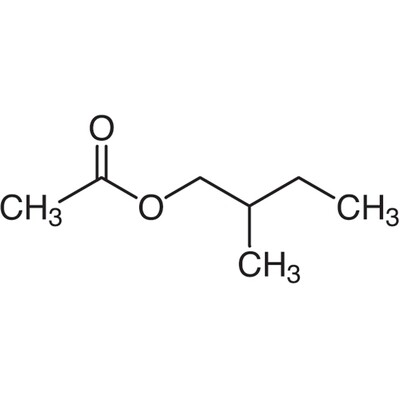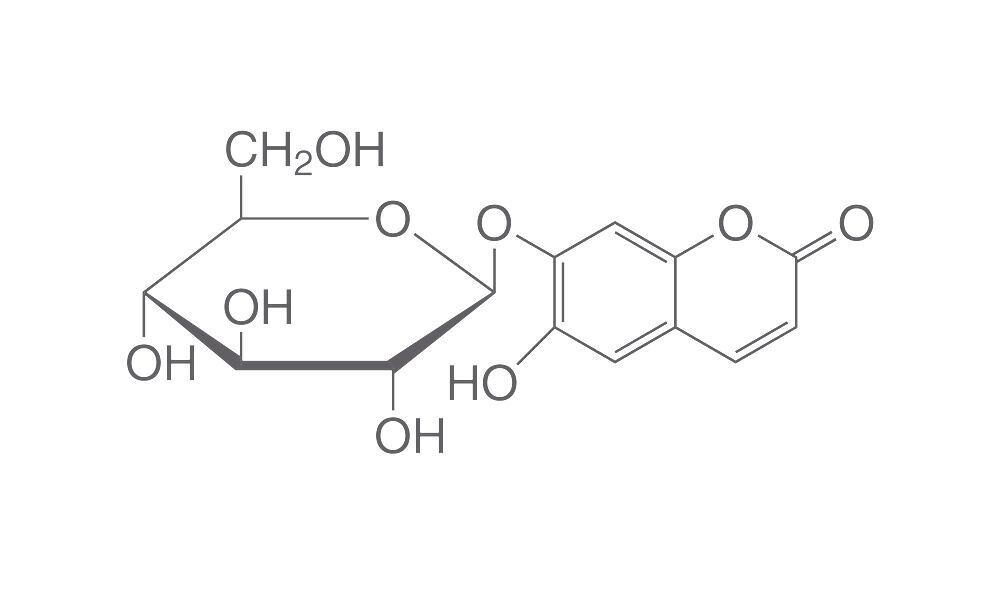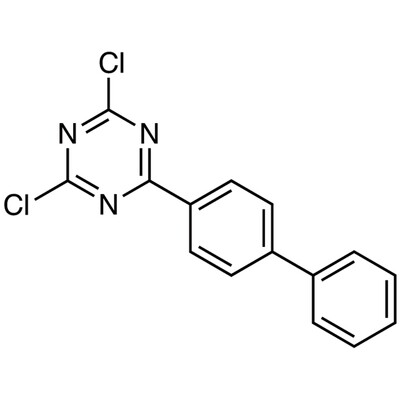Esculine sesquihydratée, 25 g, plastique
Esculin sesquihydrate ≥97,5 %, DAB, for biochemistry
| Getest volgens artsenijboek | DAB |
For reference substances
-
HPLC-chromatogram, TLC-chromatogram and GC-chromatogram respectively
-
Reference substances
Carbohydrates or Saccharides make up 50 % of the dry biomass of the earth and are therefore the most frequent class of biomolecules. Besides at least two hydroxy groups, they also have an aldehyde or a ketone group and can be subdivided according to the number of monomeric components in mono-, di-, oligo and polysaccharides.
Whereas mono-, di- and oligosaccharides are soluble in water, taste sweet and are therefore called as sugar, polysaccharides are hardly, or not at all, soluble in water and have a neutral taste.
Carbohydrates, together with fats and proteins make up a large percentage of nutrition. In addition to their central role as an energy source, they are also an important structural component especially in plants (e.g. Cellulose). Ribose, a monosaccaride with five carbons (C5H10O5) is an essential element of coenzymes (such as ATP, FAD and NAD) and a structural component of RNA. Desoxyribose (a ribose derivative) is a structural component of DNA.
Monosaccharides
Monosaccharides are the simplest carbohydrates that cannot be hydrolysed further. They consist of one sugar unit (monosaccharide). The general formula for unmodified monosaccharides is Cn(H2O)m. The most important representatives of monosaccharides are glucose and fructose.
| Appearance | white powder |
| Assay (HPLC) | ≥97.5 % |
| Identity | complies |
| pH value (1 % in H2O) | 3.8-4.5 |
| Water (KF) | 6.5-8.0 % |
| Sulphated ash | ≤0.1 % |
| Heavy metals (as Pb) | ≤0.002 % |
| Specific rotation [α]20D (1,5 % dioxane/H2O 1:1, dry substance) | -87° to -84° |
| Related substances | complies |








![(1S,5S)-3-(tert-Butoxycarbonyl)-3-azabicyclo[3.1.0]hexane-1-carboxylic acid, 98%, 100mg (1S,5S)-3-(tert-Butoxycarbonyl)-3-azabicyclo[3.1.0]hexane-1-carboxylic acid, 98%, 100mg](https://d2j6dbq0eux0bg.cloudfront.net/images/88473019/4762843223.png)




